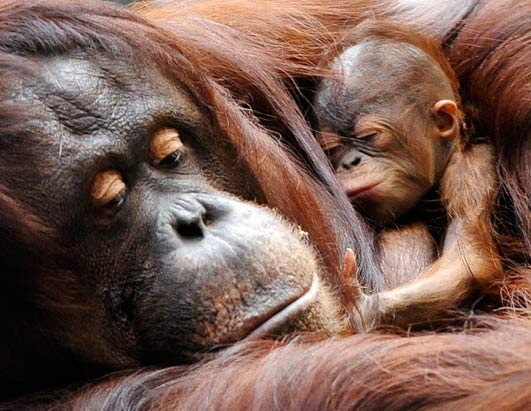In honour of Mother’s Day, we look at other species with important family relationships.
Personally, my family doesn’t bother with mother’s day too much – my mum’s spending the weekend hiking and drinking whisky with a bunch of parents who are all much cooler than me.
But those of us who take part have by now made the necessary arrangements, whether that’s finding the ingredients to make a top-notch mother’s day breakfast or putting last-minute cards in the post (the best one I’ve seen reads ‘Congratulations Mum – I turned out great!’)

So after all that hardcore prep we deserve to have a break – and it’s a great opportunity to read up on some facts about how other species raise their young. Because it’s relevant and interesting – not because I wanted to spend my day Googling ‘animal mother baby images’.
1) Elephants
Elephants have the longest known gestation period – 22 months. Calves are born blind and are dependent on their mothers for care. When a new calf is born, the herd gathers around, caressing them with their trunks. Sometimes calves are raised and cared for communally, a phenomenon which is called ‘alloparenting’.
2) Orang-utans
Baby orang-utans don’t break contact with their mother for the first few months of their lives, and are carried on the mother’s belly as she travels. The pair will also sleep together in the same nest. Infants typically stay with their mothers for a few years, but female orang-utans have been known to ‘visit’ their mothers until they are around 15.
3) Orcas
After she has given birth, the mother helps her young swim to the surface to take their first breath. Babies tend to stay very close to their mothers, saving energy by swimming in her slipstream. Uniquely, female orcas live with their mothers for their whole lives, travelling in matrilineal groups. As orcas can live up to 90 years, this means many generations travelling together.

4) Wolf spiders
Wolf spiders are the official piggy-back experts, and will carry up to 100 babies in order to protect them from predators. This phenomenon has been caught several times on film by people trying to swat at the mother, only to be disturbed by hundreds of swarming babies. Perhaps a subtle message to leave well alone?
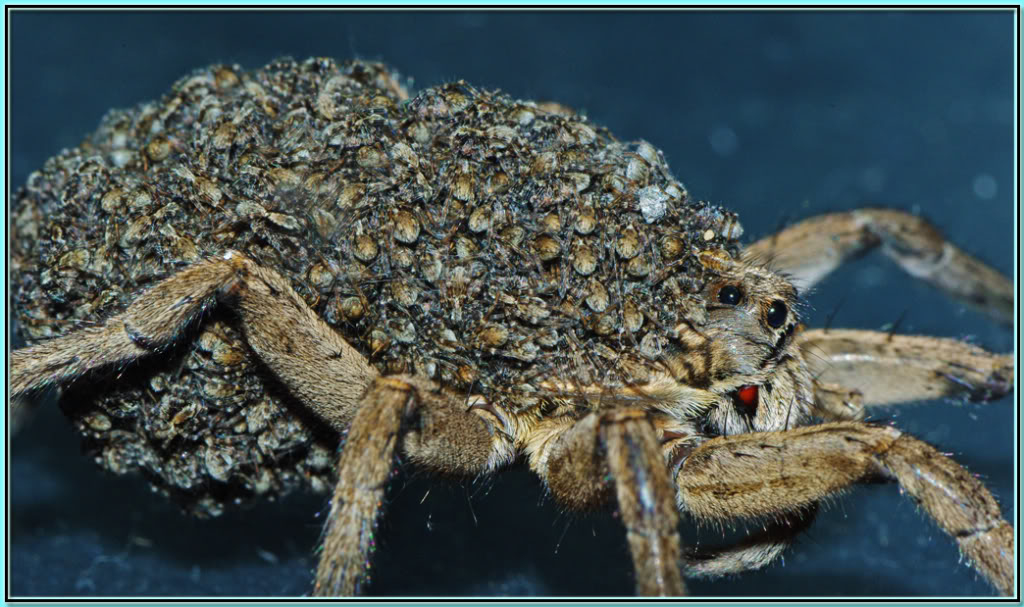
5) Penguins
The award for the best tag-team relay-race goes to penguins. After an egg is laid, penguin fathers keep it warm and safe, balancing it on their feet and tucking it under a flap of skin called a ‘brood pouch’. Meanwhile, the mother travels to the ocean for some epic feasting. She returns at the same time the egg hatches, at which point she feeds the baby penguin via regurgitation, and tags the father to go to the ocean for his first meal in around 100 days.

6) Mouthbrooding fish
Many species of fish are mouthbrooders, which mean that they protect their eggs by keeping them in their mouths. During this time the mothers don’t eat anything, to minimise the risk of swallowing their own eggs. When the eggs hatch, the fish swim out – creating amazing photo opportunities. For some species of fish, the young continue to use their mothers’ mouth as shelter after they have hatched.
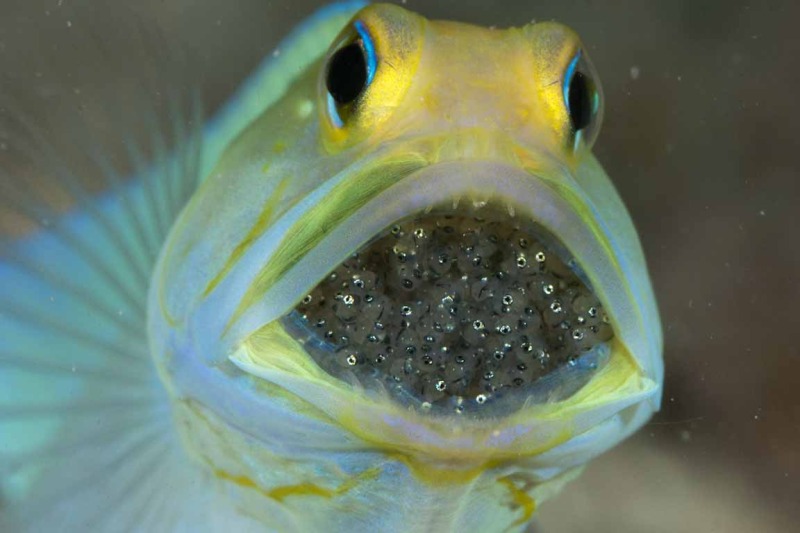
7) Strawberry poison-dart frog
On top of everything else, this amazing parent has to deal with young who may try to eat each other. In order to prevent this from happening, mother frogs transport each baby tadpole individually on her back to a safe pool of water, which is often in the heart of a flower. She then visits each nursery pool for about 50 days to feed the tadpole. Meanwhile, father frogs stand guard to stop rivals finding their babies.
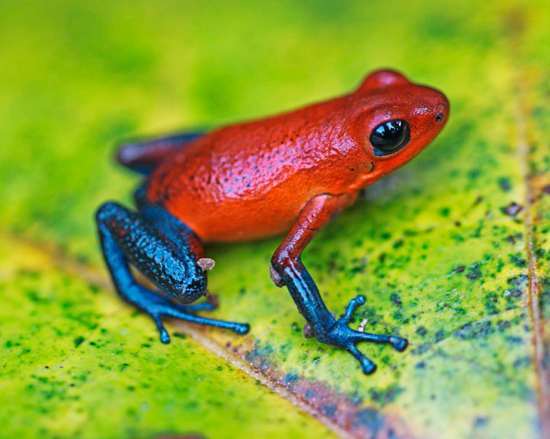
8) Cows
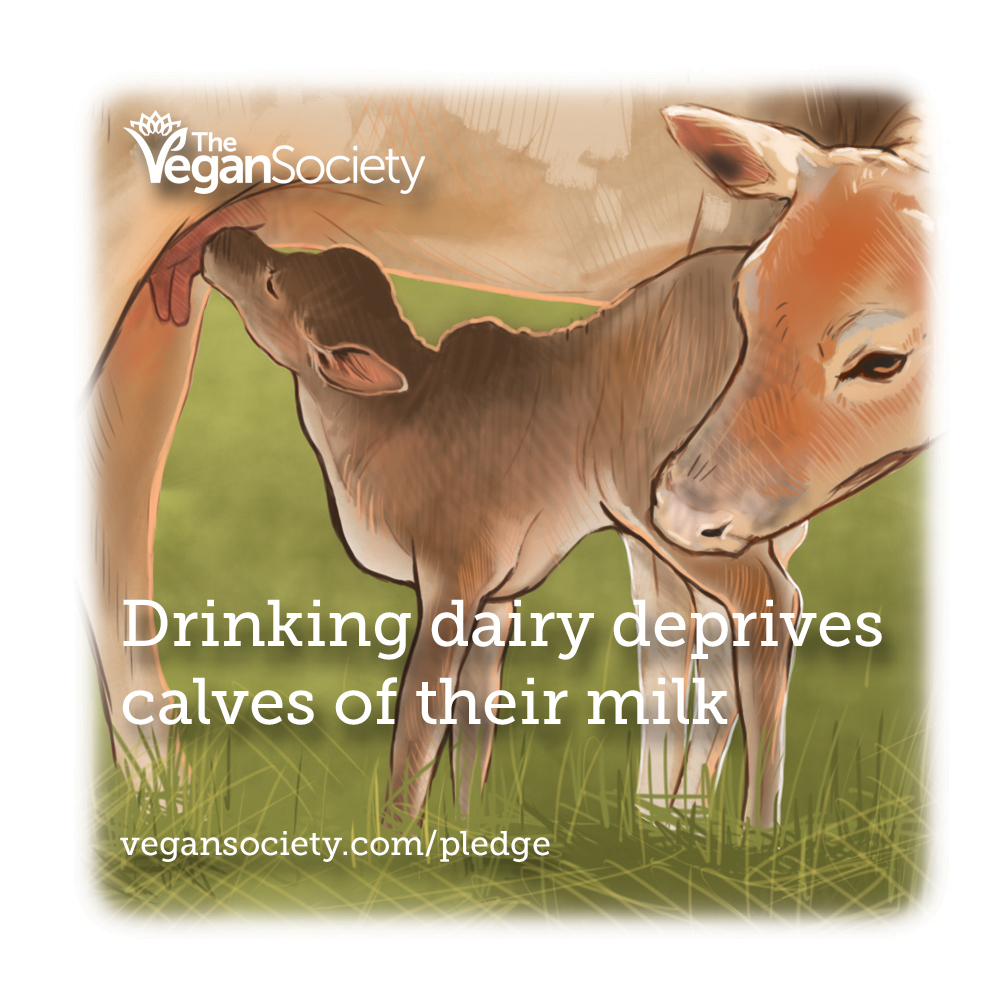
Cows instantly form strong bonds with their calves. Directly after birth, the mother will lick and nuzzle her calf clean, making a unique sound which encourages the calf to get up and nurse.
However, in the dairy industry, calves are taken away from their mothers either hours or a couple of days after birth in order to keep milk production as high as possible. This is very distressing for both the cow and her calf, who have a very strong instinctive bond. Mother cows have been found searching fields for their calves for miles around, and are known to make loud distressed noises for weeks on end. The fate of the calf is decided by their gender – females stay in the dairy industry, being artificially inseminated and having her own babies taken away, while males are funnelled into the veal industry.
By Elena Orde
Help us to spread the word about keeping families together. Share our images from our Facebook page this Mother’s Day and, if you're not already vegan, take the Vegan Pledge.
The views expressed by our bloggers are not necessarily the views of The Vegan Society.

